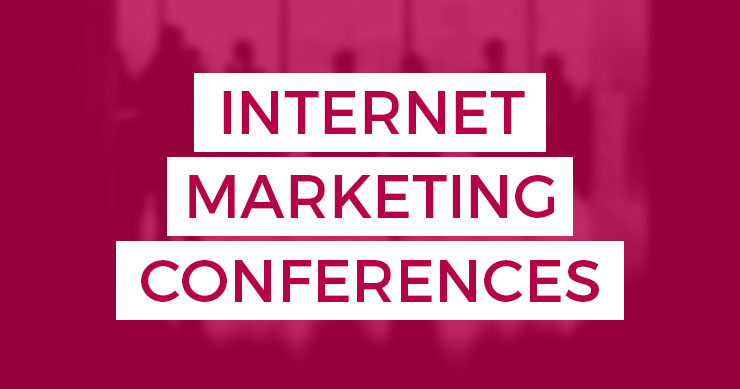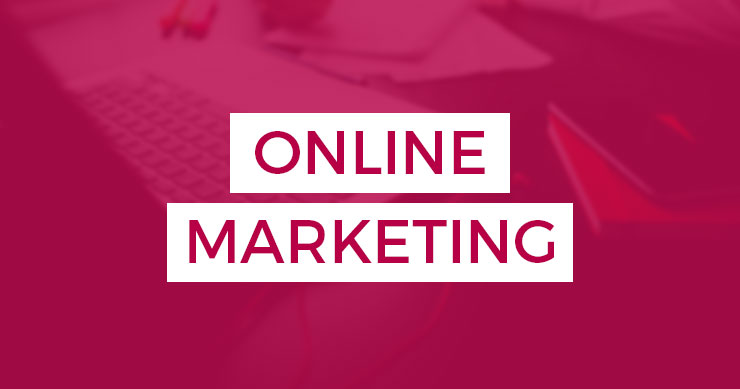It can be a little frustrating. Old Web rules (and Google engineers) constantly tell us that if we create remarkable content our readers will be tripping over themselves to share it. And while that’s true after you’ve built up a large network, it’s also a little deceiving. Because even if you do have that strong community, people often won’t share content on their own. If you want them to spread your stuff, you need to put some steps in motion to encourage them to do that. Otherwise, you’re sitting around waiting for a bus that may never come. And it’s probably raining.
How can you encourage users to share your content socially to drive traffic to your Web site? Here are a few tips.
Use the Right Buttons
It doesn’t matter how prominently you display that Google Buzz icon on your site if no one in your community uses Google Buzz or understand what to do with it. You want to display sharing buttons for the networks your community is actively a part of. If you’re not sure which those are, take a look at your analytics and see what sites are already sending you traffic. Use a site like Quarkbase to show you where your content is doing well socially, where you’ve been bookmarked and which communities seem to be responding to you. Those are the social sharing buttons you want to use on your site. That’s where your audience is.
While you don’t want to clutter your site with every social sharing option available, don’t be afraid to give people options either. People want to have a choice of communities and you want to take into account the different ways social sites handle sharing and the different reasons users have for sharing.
For example, I’m often asked which is better to use: the Facebook Like button or the Facebook Share button. The answer is they offer very different functionality so you probably want to be using both. The Like button gives users an easy way to show an affinity for something, however, that’s not always enough. By also incorporating the Share button it allows users to include their own thoughts when they share that content with their community. As we saw with the Twitter Retweet Button Fiasco, people like adding their own thoughts when they share something. Different motives require different buttons.
Make Sharing Part of The Process
We did some work for a pro-bono client a little while ago. They were holding an event and came to us asking if we’d help with the promotion and marketing of it. Because we were fans of the cause, we happily agreed to pitch in our services. One of the first things we did was to go through their conversion funnel and look for places to add social calls to action. Sure, put a Facebook Share button on the event’s information page so that users can let their community know what’s happening, but don’t let that be all users can share. Use social calls to action so users can share when they’ve registered for the event, when they’ve made a donation, or when they’ve engaged in some other way. Setting up calls to action throughout the process is a very natural way to let people share what they’re doing.
Optimize Content For Sharing
It doesn’t matter how great the content is, if I click the “Tweet This” button and it doesn’t shorten the URL for me, I’m gone. If I click “Share This” and there’s no included photo or the text generates funny, I’m not going to complete the action. No one wants to share something they either have to edit first or that will appear mangled to their friends. And it’s your job to make sure that you’re optimizing your content to look the best it can be.
I’m going to focus on Facebook here because that tends to be where I see marketers shooting themselves in the foot. They simply don’t realize that there’s a way to optimize your Facebook likes and shares so that they’re visually appealing to a user. But there is. And you need to stop ignoring it.
The preferred way to implement Facebook share functionality on your site is to use the XFBML method. This is a bit trickier than the iFrame version because it requires the use of the JavaScript SDK, but it also gives you a lot more room in terms of versatility.
From Facebook’s Developer documentation:
The XFBML dynamically re-sizes its height according to whether there are profile pictures to display, gives you the ability (through the Javascript library) to listen for like events so that you know in real time when a user clicks the Like button, and it always gives the user the ability to add an optional comment to the like. If users do add a comment, the story published back to Facebook is given more prominence.
“Prominence” in the world of Facebook means a greater chance to get your content included in the News Feed, attracting more eyeballs and more clicks. Basically, Facebook will help you get more eyes if you make things pretty because they know that users like pretty. But don’t stop there. To further your optimization, add Facebook’s Open Graph tags to help them pull the right text and images along with your content when someone shares it. A.J. Kohn wrote a stellar Facebook SEO guide that gets into the different types of Open Graph tags you should be using and what each one of them does. Its SEO but it’s being done on Facebook. Instead of mucking up the explanation myself, I recommend you go read A.J.’s. You should also check out Facebook’s Open Graph protocol documentation. The bottom line is – just like in life, looks matter. If you want people to share your content, you have to make both the content AND the user looks good when they do it.
Highlight the buttons
No, really? You’re going to go through all that trouble to find out which social sites are most friendly to your content, incorporate all the right buttons at all the right spots, and optimize the content for social sharing only to hide the dang button at the bottom of the page or off in a spot where people can’t see it? That makes sense to you?
Of course it doesn’t. If you want people to share your content, then make sure the buttons are highly visible on your site. This is why many sites will include their social buttons at both the top of their blog post, as well as the button. We put the bulk of our social buttons at the bottom of posts because no one wants to finish something they loved only to have to scroll all the way back up to the top. While people are awesome, they’re also kind of lazy. Account for that.
Ask Them To
Sometimes the best way to get someone to do something isn’t to try and manipulate them or throw a million pop ups in their face to force their hand. It’s simply to ask them. If you want someone to share your content, end it with a call to action that asks them to pass your post on to their favorite social network. People want to help and support the brands that they like. Every once in a while they just need a reminder.
If people aren’t sharing your content, it’s time to ask yourself why. Are you making it easy for them to do it? Are you pushing them toward the right sites? Have you optimized your content to ensure it travels well? If not, you may have some work to do.


